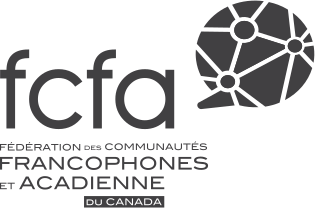Newfoundland and Labrador
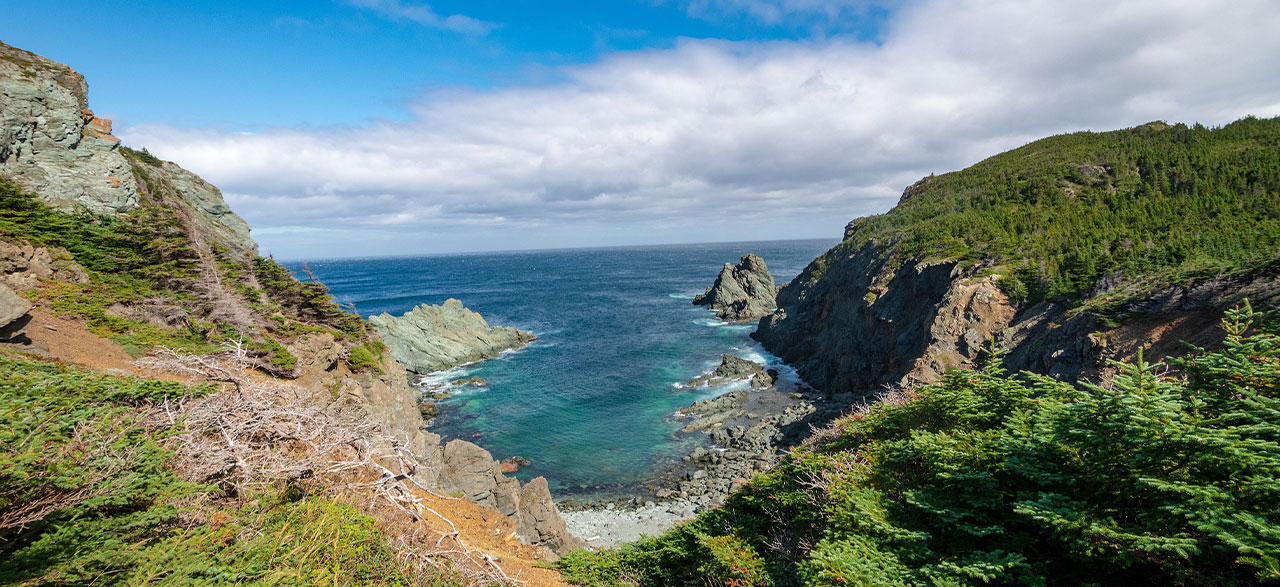
The newest province to join the Canadian Confederation was also host to the first French people on these shores, dating back to the Breton fishermen of the early 16th century. Today, Newfoundland and Labrador is home to more than 23,000 French speakers. The French-speaking community can be found in three main areas: in and around the capital, St. John’s, in Newfoundland, the Port au Port peninsula on the west coast, and Labrador.
26055
Knowledge of French
2605
French first official language
Source: Statistics Canada, 2016 Census
 Life in French
Life in French
Education
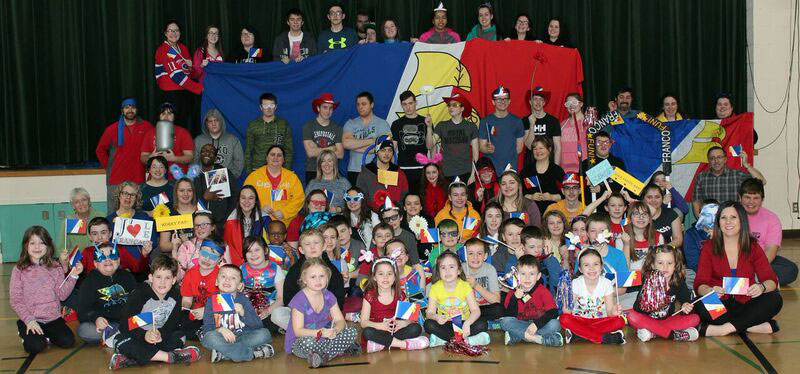
The Conseil scolaire francophone provincial de Terre-Neuve-et-Labrador oversees five French-language schools (three in Newfoundland and two in Labrador).
St. John’s has an early childhood (daycare) centre, Les P’tits Cerfs-Volants, for Francophone families.
Health

The Réseau Santé en français de Terre-Neuve-et-Labrador works to develop French-language services in health-care facilities. The Info-Santé line, 1.888.709.2929, offers bilingual health services to all residents of Newfoundland and Labrador 24 hours a day, every day of the year.
culture
There are two community centres: Centre scolaire et communautaire des Grands-Vents (St. John’s) and Centre scolaire et communautaire Sainte-Anne (Mainland/La Grand’terre)
There are three regional Francophone associations: the Association communautaire francophone de Saint-Jean, l’Association francophone du Labrador (AFL), and the Association régionale de la côte ouest (ARCO).
- Association communautaire francophone de Saint-Jean
- l’Association francophone du Labrador (AFL)
- The Association régionale de la côte ouest (ARCO)
 Immigration
Immigration
Employment

- Financial services
- Health services
- Government
- Mining
- Oil & gas
- Fishing & seafood processing
- Tourism
- Wholesale & retail
- Construction
Settlement services
The Newcomer’s Guide, published by the Fédération des francophones de Terre-Neuve-et-Labrador, provides information about resources available to help newcomers settle, including in relation to housing, employment and schools.
Horizon TNL supports French-speaking immigrants in their immigration process and economic integration – free of charge!
-Offering personalized individual consultations by telephone or videoconference
-Evaluating your immigration goals
-Exploring the possibility of sponsorship with employers
Welcoming Francophone Community
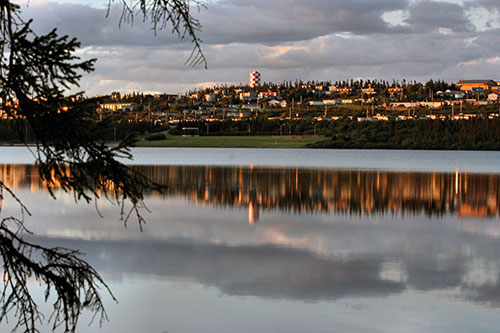
Labrador West
The Welcoming Francophone community of Labrador West includes Labrador City and Wabush and is only 27 km from the province of Québec. Labrador West is on the Labrador Peninsula, which is separated from the island of Newfoundland by the Strait of Belle Isle. Labrador West offers a wide variety of activities for nature lovers and sports, recreation, and arts and culture enthusiasts. It also hosts various events such as the Winter Carnival and Cain’s Quest, the world’s longest snowmobile endurance race. Labrador has the longest ski season in Canada and also provides the opportunity to see the Northern Lights. Summer is ideal for popular activities such as fishing, camping, hunting, hiking and mountain-biking. The community provides settlement services for newcomers and various activities including multicultural activities.
Some figures:
12.5% of the population knows French.
1.3% of people work in French.
Source: Statistics Canada, 2016 Census
 What to expect
What to expect
Climate
Newfoundland (South)
20°C
in summer
-9°C
in winter
Labrador (North)
14°C
in summer
-10°C
in winter
Geography
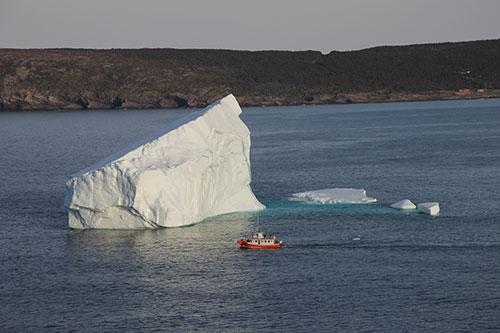
On the island of Newfoundland:
West
mountains
Northeast
numerous bays, islands and headlands
Inland
rugged valleys covered with wetlands and heather
Population
92% of the population lives on the island of Newfoundland
SAINT-JEAN
St. John's, with 214,000 inhabitants, is Canada’s most easterly city.
In Labrador (North):
Coastal region
mountains (Appalachian) with fjords
Central region
wooded plateau where the cities are located
Access
The island of Newfoundland is accessible by air (St. John’s and Gander International Airports) and by ferry, notably from Nova Scotia. Labrador is accessible by road from Québec and by air (Wabush airport).
Read more
Francophonie highlights
In 1999, the provincial government declared May 30 “Journée de la francophonie terre-neuvienne-et-labradorienne” (Newfoundland and Labrador Francophonie Day). It has been celebrated by the community every year since.
History

The island of Newfoundland and the Labrador Peninsula have been inhabited since prehistoric times by the ancestors of the Beothuk, Innu and Inuit respectively. When the Vikings explored the Labrador coast around the year 1000, they established a temporary camp at L’Anse-aux-Meadows, on the northern tip of Newfoundland. In 1497, the explorer John Cabot visited the island, which was then entirely populated by the Beothuk. In the centuries that followed, the Beothuk disappeared entirely as a result of contact with Europeans, while Mi’kmaq travelling for the fur trade in the Gulf of St. Lawrence established themselves on the island.
As early as 1660, a French colony took root in Plaisance (now Placentia). In 1713, the colony passed to Great Britain, but France retained fishing rights on the west and north sides of the island until 1904. During the 19th century, French people, St. Pierre families and Acadians settled on the French coast, particularly on the Port au Port peninsula. Labrador developed in the 1960s with the discovery of major mineral deposits and the construction of large hydroelectric dams.


